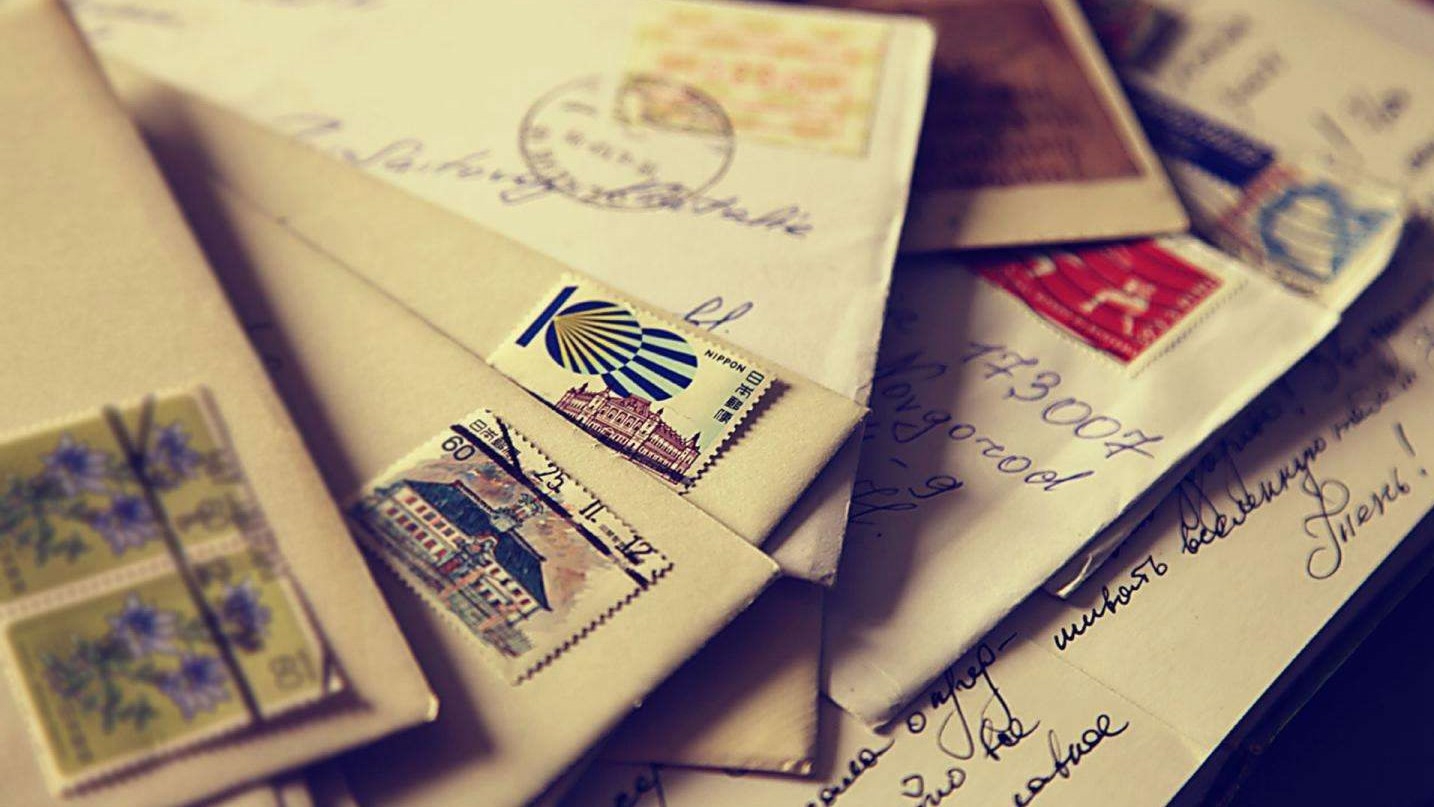
Culture & Sports
08:04, 04-Aug-2017
Exhibition of ancient scholars' letters presents a panorama of then lifestyle

Letters, the most traditional and yet outdated way of communication, might have long faded out of people's daily lives, especially in the age when the world was so closely tied by cellphones and Internet.
However, by retreating to the museum and art galleries, the ancient message carriers have inspired today's people in a quite different way.
An exhibition featuring the private letters of artists belonging to the Wu School of the Ming Dynasty (1368-1644) was opened to visitors at the Shanghai Museum on Wednesday.

Private letters of ancient Chinese scholars on display at Shanghai Museum. /Photo via Chinaso.com
Private letters of ancient Chinese scholars on display at Shanghai Museum. /Photo via Chinaso.com
A total of 49 letters of the artists have been on display, through which they discussed not only their creative activities such as paintings, calligraphic works and seal cuttings, but also the then government affairs, private interests and even their daily lives.
Most of the artists who wrote the letters were top calligraphers or painters of their age, and their manuscripts are already precious cultural relics. The contents of the private letters, which presented a large amount of vivid and detailed materials of the then daily life and artistic creation, even added spice to the exhibition.

Private letters of ancient Chinese scholars on display at Shanghai Museum. /Photo via Chinaso.com
Private letters of ancient Chinese scholars on display at Shanghai Museum. /Photo via Chinaso.com
The exhibition was divided into two parts, which respectively reflected the daily lives and the artistic world of the artists.
For instance, Wang Chong, who was recorded as a great calligrapher of the Ming Dynasty, complained in one of his letters that he had to plant crops in the fields with his two servants and calculated carefully to maintain his daily life.
Another renowned scholar and painter Wen Zhengming wrote to his wife and asked her to be generous with other family members.
"Their lives are not so refined, and they have their own trifles to deal with as well," said Sun Danyan, associated researcher of the Shanghai Museum. Sun added that the exhibition has presented a more worldly side of the artists.

Private letters of ancient Chinese scholars on display at Shanghai Museum. /Photo via Chinaso.com
Private letters of ancient Chinese scholars on display at Shanghai Museum. /Photo via Chinaso.com
According to Li Zhongmou, deputy curator of the Shanghai Museum, all the letters presented have been translated into modern Chinese, allowing the visitors to have a better understanding and a panorama of the artists' life back then.
"It is a rare form to organize an exhibition adopted by the Shanghai Museum," said Li. "By adopting such a flexible form, we hope to bring the calligraphic works, which are usually considered as high-end art, back to the ground and allow more people to appreciate its beauty."
The ancient Chinese had a rich culture in writing and delivering letters. There are many aliases for the letters, such as "carp", "swan goose", "colorful cloud" or "blue bird", either using metaphors referring to the long distance or based on the shape of the folded paper.

QR code placed alongside translations of the letters on display at Shanghai Museum. /Photo via Chinaso.com
QR code placed alongside translations of the letters on display at Shanghai Museum. /Photo via Chinaso.com
The letters have also been a constant theme in ancient Chinese poems and literary, through which people could tell what an important part correspondence had made in ancient people's lives.
But the writing style of the letters could be quite different. In the exhibition in Shanghai, visitors have found that the ancient scholars even used one the currently trending mimetic word, "he he," which has been widely used online to depict a way of laughing.

A visitor watches letters on display at Shanghai Museum. /Photo via CNS
A visitor watches letters on display at Shanghai Museum. /Photo via CNS
According to associated researcher Sun Danyan, such wording reflected the light writing style of the scholars at that time, which forms a clear contrast with the strict style of the later Qing Dynasty (1644-1912).
The exhibition will last until October 22, and the museum also arranged six free lectures for the visitors.
1069km

SITEMAP
Copyright © 2018 CGTN. Beijing ICP prepared NO.16065310-3
Copyright © 2018 CGTN. Beijing ICP prepared NO.16065310-3